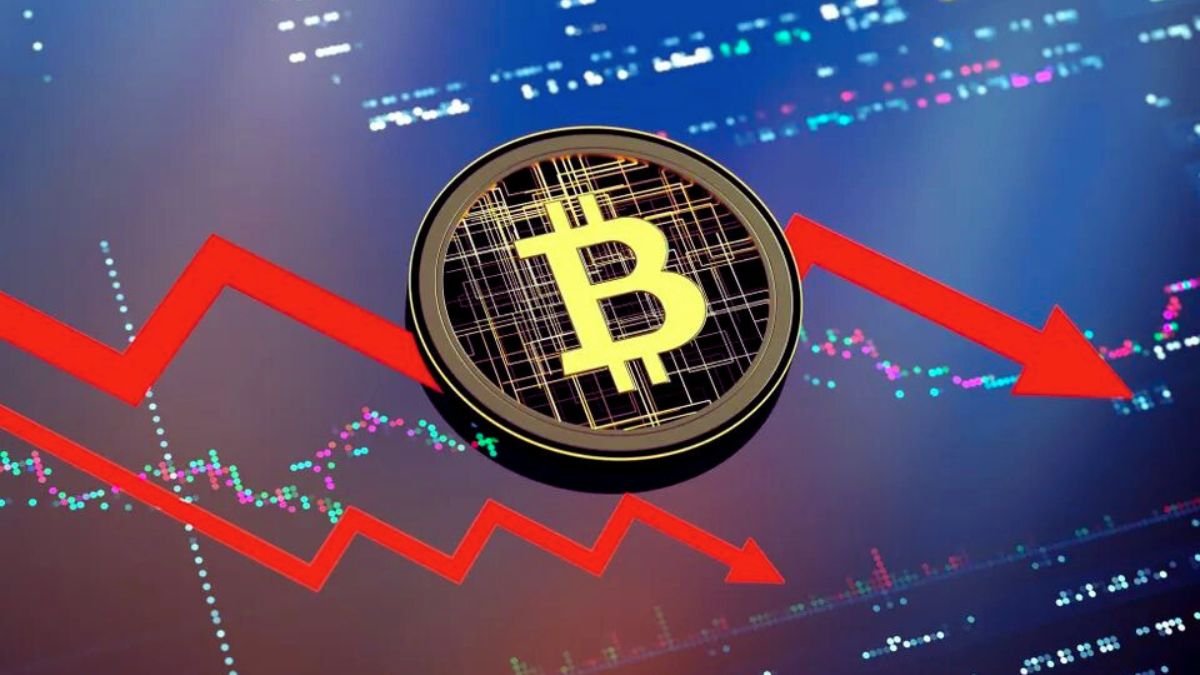
After a period of significant volatility, the Bitcoin price has settled into a phase of consolidation, holding steady above the critical $65,000 support level. While the market appears to be in a holding pattern, market participants remain optimistic. This optimism isn’t just based on sentiment; it’s rooted in the potential movement of a much larger force: global liquidity.
The amount of money circulating through the world’s financial system, often measured by the M2 money supply, is currently at a decisive turning point. This global liquidity index is pressing against a long-term downward resistance line, indicating that the growth of the money supply has been constrained. Bitcoin’s price action is mirroring this situation, trading sideways as it awaits a clear signal.
If global liquidity can break through this resistance, it could inject the necessary capital to fuel Bitcoin’s next major rally. However, if it is rejected once again, Bitcoin could face a prolonged period of consolidation.
Liquidity and Bitcoin: A Proven Correlation
When analyzing Bitcoin’s major price cycles, global liquidity is the invisible hand guiding its most significant moves. The M2 money supply—which includes cash, savings, and other near-money assets—has historically shown a direct and powerful relationship with Bitcoin’s performance.
The logic is simple: when liquidity expands, risk assets thrive. With more capital available, investors are more inclined to move into higher-return assets like Bitcoin. Conversely, when central banks implement tighter monetary policies and liquidity contracts, speculative capital dries up, and Bitcoin often struggles.
This correlation is not theoretical; it’s proven by recent history:
2017 Bull Run: A surge in credit growth and global liquidity helped propel Bitcoin past the $20,000 mark for the first time.
2020–2021 Rally: Unprecedented liquidity injections by central banks during the pandemic fueled Bitcoin’s historic climb to its all-time high of $69,000.
2022 Crash: As central banks reversed course, tightened policies, and shrank liquidity, Bitcoin’s price plunged to a low of around $15,000.
The historical data is clear: Bitcoin’s biggest rallies and deepest corrections have consistently aligned with major shifts in global liquidity. This makes the current standoff a critical moment for the entire crypto market.
What the Technicals Are Saying: A Market on a Knife’s Edge
While the macroeconomic picture provides the “why,” the technical charts offer insight into the “how” and “when.” After its recent pullback, Bitcoin’s price is displaying a mix of bullish and bearish signals, reinforcing the idea that it has reached a decisive phase.
Here are the key technical indicators to watch:
Chart Pattern: Bitcoin is currently trading within a rising wedge, a pattern that is often considered bearish. Price compression near the upper boundary suggests a powerful move is imminent, though the pattern itself hints at a potential breakdown.
Key Levels: Strong support has formed in the
68,000 range. The primary resistance to overcome is near 73,000. A definitive break above or below these zones will likely set the direction for the next major trend.
Bollinger Bands: The price is hugging the upper Bollinger Band, which indicates strong bullish momentum. However, it also signals an overbought condition, raising the risk of a pullback toward the middle band (currently around $60,700).
MACD Indicator: The Moving Average Convergence Divergence (MACD) remains in positive territory but is showing signs of flattening. This suggests that bullish momentum is slowing and warns of a potential bearish crossover if the price fails to push higher.
Long-Term Support: Critically, Bitcoin remains above its 20-week Simple Moving Average (SMA), also near $60,700. This line has historically acted as a crucial support level during long-term bull markets.
What’s Next for Bitcoin?
Bitcoin’s future trajectory is not just tied to its adoption curve or upcoming network events; it is fundamentally linked to global capital conditions. With both the technical charts and the global liquidity index at a critical decision point, traders and investors should look beyond short-term noise.
The M2 Liquidity Index could once again serve as the leading signal for Bitcoin’s next major cycle. A breakout in liquidity would likely confirm that a fresh bullish wave is beginning, while a rejection could signal more patience is required. For now, the market holds its breath, waiting for the invisible hand of liquidity to make its next move.





